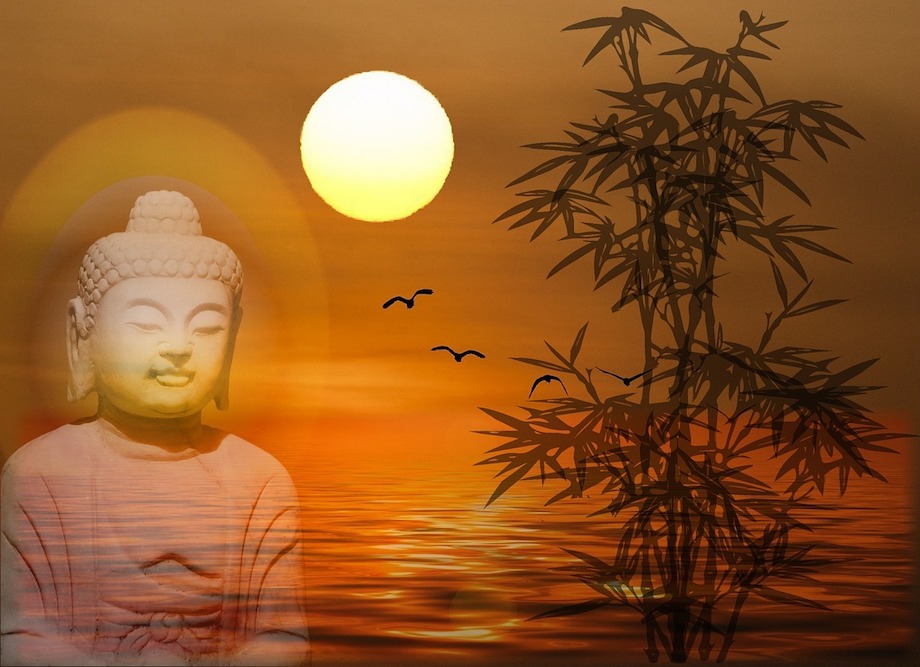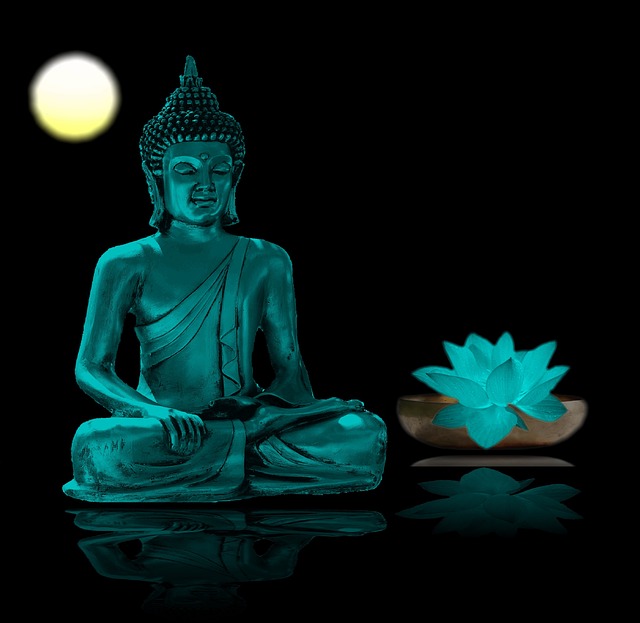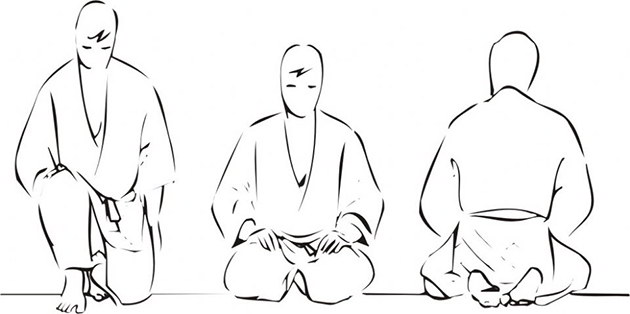How to Restore Emotional and Mental Well-Being with Japanese Therapy
Want to know how to Restore Emotional and Mental Well-Being? Try this Japanese Therapy.

The book seemed old, outdated, even a bit grim with the dryness of an academic volume left gathering dust on a forgotten shelf for years. But the name struck me, attracted me and drew me instantly, as though some hidden magnetic force was driving me.
*The Quiet Therapies: Japanese Pathways To Personal Growth by David K. Reynolds.*

Taking the book home, I thumbed slowly through the pages, intrigued by the content, and surprised that I had never heard of such ways to treat mental and emotional illness.
Our culture (in this sense, I’m talking about the Western culture), tends to regurgitate the same old approaches, philosophies, principles and techniques when it comes to treating sicknesses of the mind and heart. As author of the book David K. Reynolds notes:
Western psychotherapy can be characterized as verbal exchanges aimed at the elimination of symptoms. The Japanese therapies are marked by significant, long periods of silence aimed at acceptance, incorporation, and transcendence of symptoms.
So really … the Japanese Oriental therapies I’m about to explore seem better suited to the contemplative people of life, the quiet people, even, the introverted people. If you’re sick of banal psychologist meetings, medicinal or group-based therapies, please read on!

Morita Therapy
Created in the 1930’s by professor of psychiatry Dr. Shoma Morita, Morita therapy is said to be especially effective in treating neurosis and anxiety-based disorders. Its emphasis is on the behavior of a person, on focusing on the present, on what one is doing, thereby shifting the focus from functioning in an emotion-centered state, to a purpose-centered state.
Ultimately, the aim of Morita therapy is to accept what you can’t change or control, i.e. the constant flux of emotions within you, and to direct your attention to what you can control and change, i.e. your actions and behavior. The goal, essentially, is to ground behavior in the reality and purpose of the present moment.
Says the author about his experiences with Morita:
I believe that Morita therapy was helpful in freeing me somewhat from my dependence on social image and impressing others. I was constantly reminded to keep my attention directed toward that which really mattered, what I was doing at that very moment.
Stages in Morita therapy include:
1. Isolated Rest – In which you retire from the world, interact with no one and do very little. This time is meant for meditation and rejuvenation of the mind and body. This could last from a few days to weeks, depending on the person.
2. Light Work Keeping a personal journal is the next important stage, allowing the person to record their thoughts and feelings, encouraging introspection and analysis. In stage 2, going outside into nature is a common practice as well, assisting the person in reconnecting with the natural world which he or she has often been cut off from.
3. Hard Work Known as the “chopping wood” phase, this is where the person engages in strenuous physical activity, which serves as a mental and emotional catharsis. It also serves to teach perseverance and self-responsibility.
4. Entering Back Into Society As the person re-integrates into their daily life, their goal is to apply all the lessons they have learned (e.g. solitary introspection, perseverance, present-moment focus) into their lifestyle, remembering to ground themselves in “what needs to be done”.
Naikan: Introspection Therapy
“Naikan” is a Japanese word that means inner (nai) observation (kan), and is a therapeutic approach to mental health and well-being by encouraging self-awareness and acceptance of oneself and other people, without judgment.
Developed in the 1950’s, Naikan therapy basically encourages a chronological review of one’s behavior and interactions with others, from past to present. The treatment can last for a few days, to a few weeks, and once again, is done in isolation and silence. As Reynolds notes:
The client’s mother, father, sibling(s), teachers, wife, employers, and virtually any significant others are likely subjects for naikan meditation. In addition, such topics as lying, gambling, and drinking may be assigned to clients with problems in those particular areas.

Shadan: Isolation Therapy
Created by Japanese psychiatrist’s Narita Katsuro and Kiresaki Tetsu in the years before World War II, Shadan therapy essentially involves rest, and the gradual exercising of the mind. This is because, according to the principles of Shadan, “unhealthy thought processes, unhealthy fixations of attention, unhealthy moods, and the like are illnesses in the same way that a cold or measles are illnesses.”
The natural process of healing is thought to be advanced through resting. However, in one’s isolation, “mental work” is usually assigned (either by the therapist or actual patient) to avoid mental sluggishness. This could include answering mathematical problems, or reading a simple book – but no escapist or recreational activities are encouraged as “they interrupt the flow of therapies”.
The recommended time of treatment may last from 30 to 90 days, however, depressive or psychotic people are advised against taking Shadan therapy, for obvious reasons. As Reynolds points out:
Initially the patients expect a kind of miracle. They anticipate freedom from tension, worries, fears, insomnia. The days pass and they experience some relief, then a return of tension, then relief, then tension again, and so forth. Eventually, there comes a kind of acceptance of the inevitability of the ups and downs of their emotional state.
Seiza: Quiet-Sitting Therapy
Seiza is a Japanese word that means quiet (sei) sitting (za). As the author of Quiet Therapies, David Reynolds, states: “the aim of Seiza is to fill the consciousness with the immediate rhythmic breathing”. Thus Seiza is a natural form of meditation, allowing one to gain greater mental clarity and focus, teaching one to accept and let pass all stray thoughts or feelings.
As Reynolds says in regards to the practice of Seiza daily, benefits such as “increased calm, better appetite, decreased insomnia, better control of temper, fewer eliminative problems, fewer colds, and so on” can be obtained from practicing Seiza.
Those that practice Seiza are instructed to sit in the following manner depicted by the image below. This is to optimize the flow of air into and out of the lungs by improving one’s posture.

This article by no means is a comprehensive look into any of these unique Japanese therapies. But my hopes are that you continue on your research, using this information as a foundation for your quest.
Did you enjoy this article? Want to try another Japanese technique to relieve stress in just five minutes? Click HERE
Source: this article was orginally written by Aletheia Luna and published on lonerwolf
Know more about Aletheia and Mateo here
Pictures by Pixabay
Please Note: this article has been re-posted without prior written consent by the original Author. Link to the original article and site can be found above this disclaimer. If you are the Author of this post and you think that we are not re-posting it under the realm of 'fair-use', please contact us here We own no copyright to the Seiza Sitting picture at the bottom of this article. It was taken from the orginal article.
